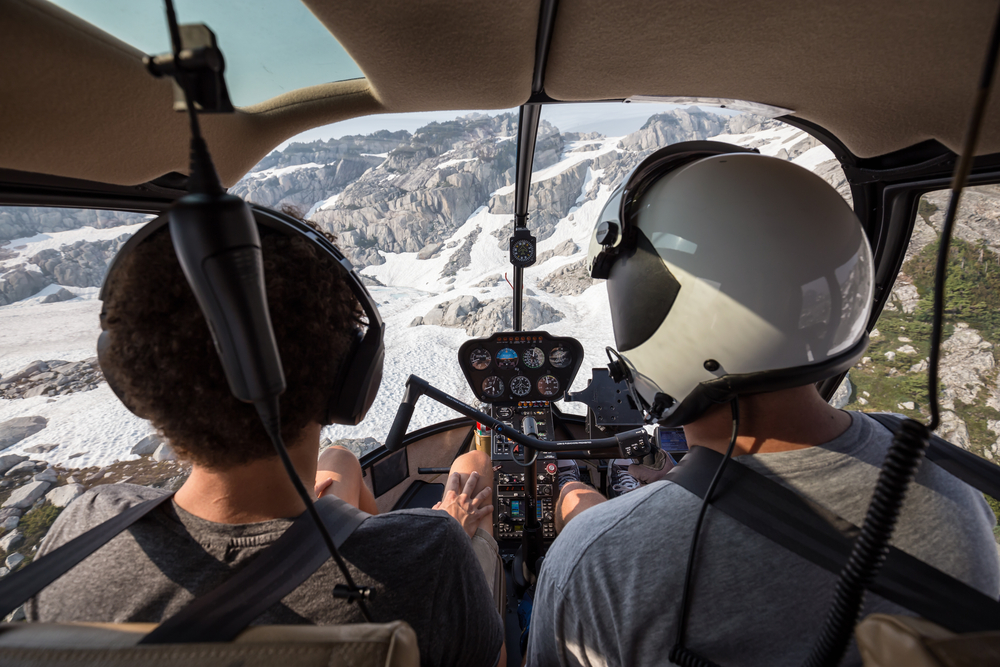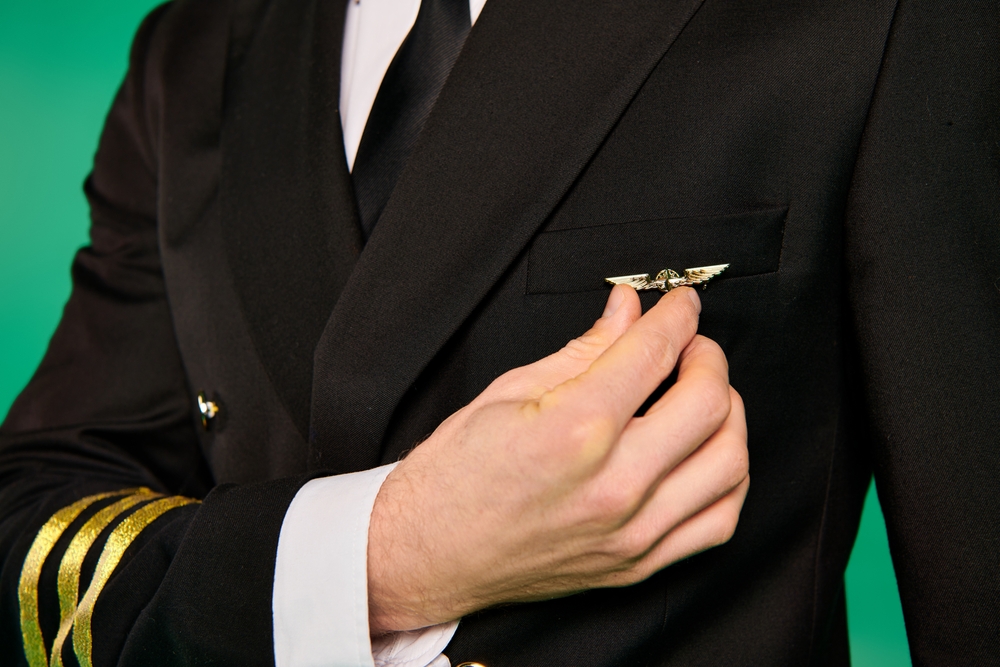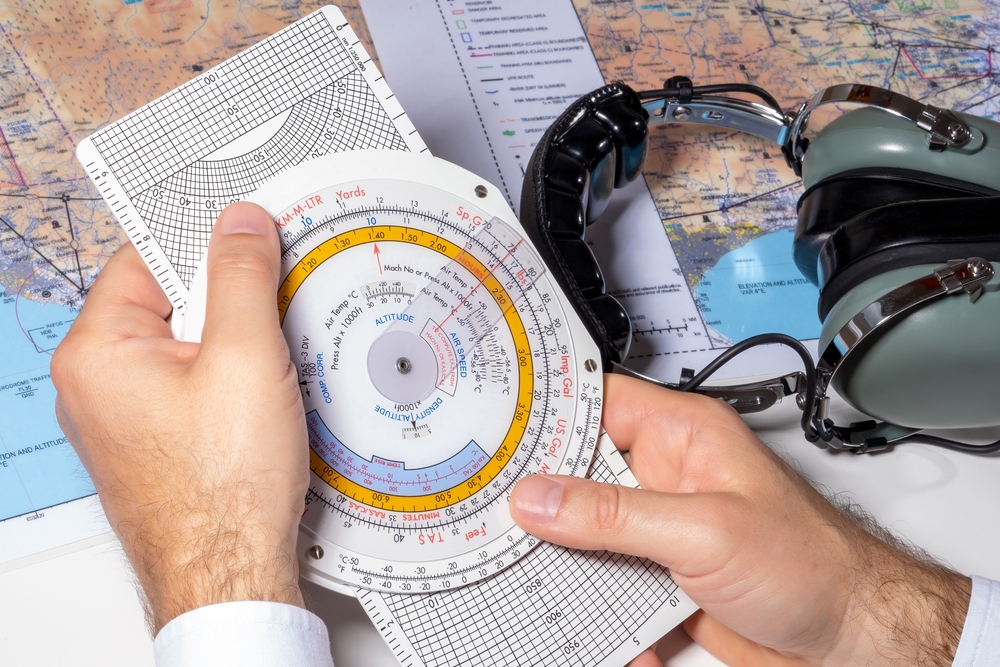The aviation industry attracts thousands of aspiring pilots worldwide, but many have questions about how to enter this field and grow in their careers. Here, we have selected the top 20 most frequently asked questions about a pilot’s career. Read them and get your answers right away!
Table of Contents
1. Is piloting a good career?
There is no secret that being a pilot can be both an exciting and rewarding career choice. First and foremost, pilots get to travel, fly modern and well-regarded aircraft, and, of course, earn a good salary. However, it is not always an easy path to follow. Pilot training can be tough and expensive, work schedules can be demanding, and you need to stay sharp mentally and physically at all times. Being a pilot is more than just a job; it is a lifestyle. But if you have a passion for flying and can handle stress and pressure, a career as a pilot can be both fulfilling and rewarding.
2. How many hours do pilots work?
Pilots’ working hours are strictly regulated by the EASA (European Union Aviation Safety Agency) and the FAA (Federal Aviation Administration) to ensure safety. Under EASA regulations, pilots can fly up to 900 hours per year. The daily limit is 9 hours for single-pilot operations, extending to 10 hours when multiple pilots are involved. Flight duty periods are limited to 13 hours for a day and 14 hours if a rest period is included. Rest periods must be a minimum of 12 hours between duties and 36 hours within 7 days. In comparison, the FAA limits pilots to 1,000 flight hours per year and 100 hours per month. Pilots are also restricted to a maximum of 8 hours of flight time in one day, with at least 10 hours of rest between duty periods.
3. How long does it take to become a pilot?
The time it takes to become a pilot depends on the type of license and personal circumstances. For a Private Pilot License (PPL), it typically takes 6 months to a year. You need a minimum of 45 flight hours under FAA or EASA regulations. When it comes to becoming a commercial pilot, it usually takes 1.5 to 2 years, requiring at least 250 flight hours under FAA rules and 200 flight hours under EASA. Becoming an Airline Transport Pilot (ATP) generally takes 3 to 4 years, with a minimum of 1,500 flight hours required in both the U.S. and EU. You will need extra training, exams, and certifications at each stage.
4. How much does pilot training cost?
The cost of pilot training can vary significantly based on location, flight school, and the type of license. For example, in the United States, a Private Pilot License (PPL) typically costs between $8,000 and $15,000. Commercial pilot training generally ranges from $30,000 to $70,000, depending on the number of flight hours and additional training.
In Europe, costs can be higher. PPL training in Europe starts from €10,000 while commercial pilot training often costs between €40,000 and €80,000. For an Airline Transport Pilot (ATP) license, the total cost can exceed €100,000. These costs include flight hours, training programs, and certifications. Keep in mind that the actual price can vary depending on the flight school, location, and aircraft used for training. However, some airlines provide sponsorships or loan schemes to ease financial burdens.
5. Do pilots make good money?
Yes, pilots can make good money. However, salaries vary widely based on experience, airline, and location. For instance, entry-level pilots start at around $30,000-$60,000 annually in regional airlines, while experienced Captains at major airlines can earn $200,000 or even more. Pilots flying internationally or for premium airlines tend to have higher earnings, along with additional benefits. Seniority, licensing, type ratings, and the airline itself all play a role in determining pilot salary.
6. Is a pilot’s job stressful?
Being a pilot can be stressful, but proper training and experience help manage the challenges. Pilots must handle demanding schedules, long hours, and time zone changes. These factors can lead to stress and fatigue. Pilots are also responsible for passenger safety and navigating complex weather conditions. The profession is demanding, but pilots receive extensive training to handle stress effectively.
7. Do pilots have a good work-life balance?
Work-life balance depends on the airline, seniority, and route type. Long-haul pilots often have irregular schedules with extended layovers. However, they usually get more days off each month. In comparison, short-haul pilots fly more frequently but return home more often. Experienced pilots typically have more control over their schedules.
8. Is pilot training difficult?
It takes hard work, focus, and a lot of learning. Aspiring pilots study topics like aerodynamics, weather, air laws, and navigation, while also practicing their flying skills. The hardest parts of training are flight planning, handling emergencies, and passing exams. It is a lot of work, but it makes the reward of becoming a pilot even more fulfilling.
9. How often do pilots rely on autopilot?
Pilots use autopilot a lot during flights, especially when cruising at high altitudes. It helps maintain things like speed, altitude, and direction. This lets pilots focus on checking the aircraft’s systems and watching for any changes in the weather or air traffic. But pilots are always alert and ready to take control if something goes wrong. They handle takeoff, landing, and any unexpected situations manually. Even though autopilot does much of the work, pilots are still in charge and ready to step in when needed.
10. What does the career progression look like for a pilot?
The progression of a pilot career starts with obtaining a PPL, followed by a CPL. To become a commercial pilot, you need at least 250 flight hours. After accumulating the flight hours, pilots can become First Officers (co-pilots) at regional or smaller airlines. With more experience, they can move up to a Captain role at a larger airline.

11. Do pilots get paid when not flying or if a flight is cancelled?
Yes, pilots often get paid when they are not actively flying or if a flight is canceled. However, the details vary depending on the airline’s policies and the specific terms in the pilot’s contract. The general rule is that pilots are entitled to pay as long as they are on duty or available for flight.
12. Is the aviation industry experiencing a pilot shortage?
Indeed, the aviation industry is facing a significant pilot shortage. In 2024, industry reports estimated the need for between 649,000 and 674,000 new pilots worldwide by 2043. Several factors contribute to this shortage. Ongoing pilot retirements, a fragmented pilot training pipeline, and the faster-than-expected recovery of air travel following the pandemic all play a role.
Both Boeing and Airbus predict that the gap between supply and demand will continue to grow. Boeing forecasts the need for 649,000 pilots by 2042, while Airbus estimates a need for 585,000 pilots by 2041.
13. Does a criminal record make it impossible to become a pilot?
A criminal record does not automatically prevent someone from becoming a pilot. But it can make the process harder. Serious crimes like those involving drugs, alcohol, or violence may cause issues. Applicants for a pilot role must disclose their criminal record during the medical certification process. If the crime is severe, the aviation authorities may require extra checks. Demonstrating that you have rehabilitated and followed the law can help you overcome potential challenges.
14. Can a tattoo disqualify a person from becoming a pilot?
Tattoos usually will not stop you from becoming a pilot, but there are a few things to keep in mind. Neither EASA nor the FAA have hard and fast rules against them, but where and what kind of tattoo you have might matter. If it is visible on your face, neck, or hands, it could raise some concerns. Anything offensive or inappropriate could be a red flag. The key is whether your tattoo affects your ability to do the job safely and professionally. If it does not, you are in the clear to follow your aviation dreams!
15. What medical certificates do you need to obtain a pilot license, and can someone wear glasses and still become a pilot?
To obtain a pilot license, you must pass a medical exam and get the appropriate medical certificate. The FAA requires a third-class medical certificate for private pilots, a second-class for commercial pilots, and a first-class for airline transport pilots. EASA follows similar rules, with Class 1, Class 2, and Class 3 medical certificates based on the type of pilot license you seek.
Wearing glasses does not disqualify someone from becoming a pilot. As long as you meet the vision requirements, you can wear corrective lenses. Both the FAA and EASA allow pilots to wear glasses or contact lenses if needed to meet the required vision standards.
16. Is it possible for pilots to convert their license?
Yes, pilots can convert their licenses, but the process depends on the regulations of the country where they want to convert them. Generally, pilots with foreign licenses can apply for conversion through the civil aviation authority of the country they wish to work in. They usually need to provide documentation of training and flight experience, undergo medical exams, and complete written or practical tests. Requirements can differ by country, and some restrictions depend on the pilot’s home country and the type of aircraft they are qualified to fly.
17. Can you obtain a pilot license while working full-time?
Yes, it is possible to obtain a pilot license while working full-time. It requires good time management and planning. Many aspiring pilots take flight lessons on weekends or evenings. With a full-time job, the process may take longer.
18. Can a pilot switch between different types of aircraft?
Yes, a pilot can definitely switch between different types of aircraft, but it takes some extra work! They will need additional training and certification, which can vary based on the aircraft and country. Often, this means getting type ratings or specialized training to get familiar with the new aircraft’s systems and performance. It is all about making sure the pilot is fully prepared to fly safely. They may also have to pass some practical and written tests to prove they have the skills and knowledge needed for the switch.
19. Do pilots need to learn multiple languages?
Pilots do not have to learn multiple languages, but knowing more can be a game changer. English is the main language of aviation, and every pilot must be fluent to fly internationally. Still, speaking extra languages can give pilots an edge. While not required, it makes flying a lot smoother and more efficient.
20. Can a military pilot become a commercial pilot?
A military pilot can become a commercial pilot! They bring valuable flying experience to the table. To make the switch, they must earn a CPL and possibly an ATP certificate. They will need additional training to adjust to civilian commercial aircraft.

The demand for pilots is set to grow exponentially as the industry faces a pilot shortage. There has never been a better time to enter the profession. So, what are you waiting for? Start your dream career today!

